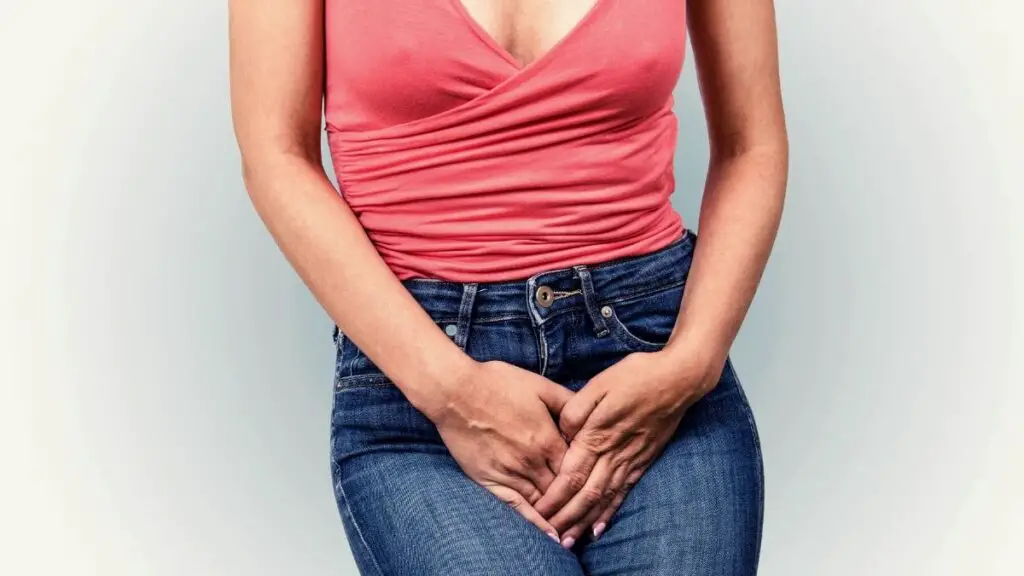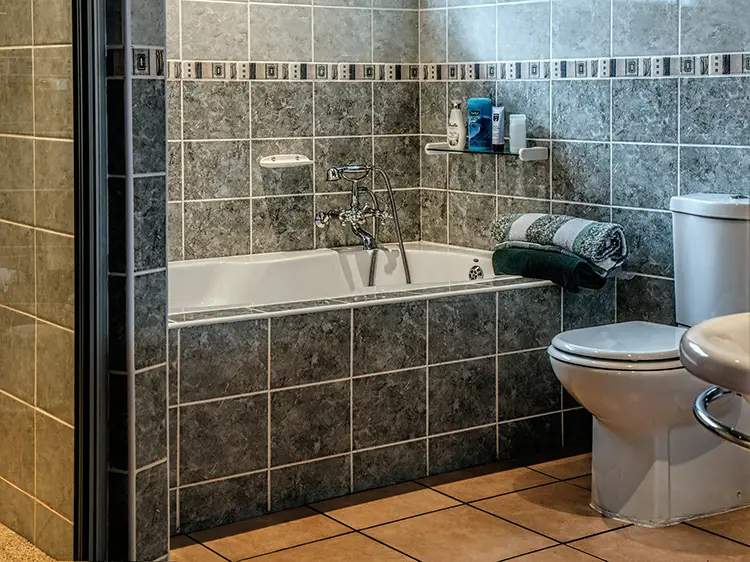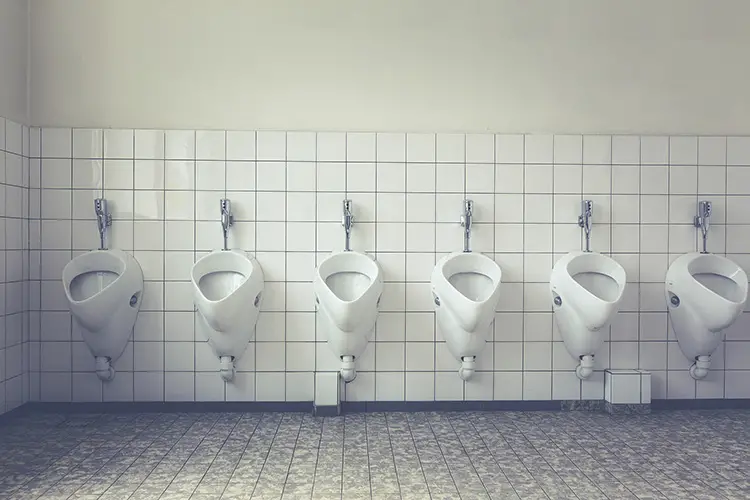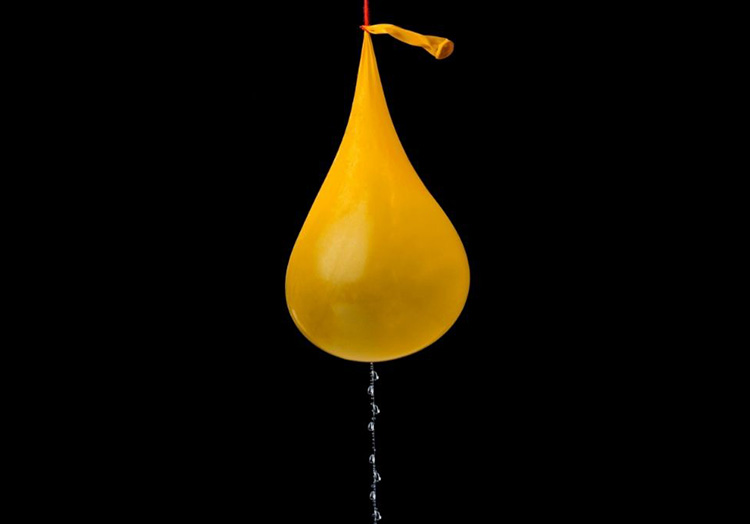Incontinence is embarrassing. However, there are tools, such as washable incontinence pads, that help you uphold your dignity and maintain more control over the situation. As a senior, we know you hope to be viewed as the graceful and wise patriarch or matriarch of the family. Incontinence should not be holding you back.
In this article, you will discover more about the best washable incontinence pads on the market, how they are used, and how to choose the best style. First, though, we will discuss incontinence itself.
Incontinence 101
Incontinence is the term used to describe involuntary micturition. It is a common malady amongst seniors, but it isn’t necessarily something all seniors will experience. There could also be multiple contributing factors for those who do suffer from incontinence.
What are the Different Types of Incontinence?
The different types of incontinence one may experience are:
- Urge-associated incontinence – a sudden need to urinate. Badly. This urge can hit without any warning whatsoever, and if it’s not heeded in time, an accident can occur.
- Stress incontinence – caused by sudden stressors on the bladder. Sneezing, coughing, grunting to lift a heavy object, and laughing are all common causes of leakage when dealing with stress incontinence.
- Functional incontinence – one of the more frustrating forms, caused by the inability to make it to the bathroom on time. This could be due to pain caused by an ailment or recent surgery that prevent you from moving quickly or at all. Neurological diseases (e.g., dementia and Alzheimer’s) are also contributors to functional incontinence.
- Overflow incontinence – the continual dribbling due to a bladder that does not empty completely when one uses the restroom.
- Mixed incontinence – can be a grab bag of the above forms. Perhaps it’s a combination of arthritic knees and urge incontinence in one person or stress incontinence and overflow in another.
Whatever form of incontinence one may experience, it’s important to know that there are things that can be done to remedy the situation. In fact, it may be helpful to address the underlying causes of incontinence. While complete elimination of it may not be realistic, knowing the reasons behind it can help you manage it.
What are the Benefits of Washable Incontinence Pads?
Perhaps the chief benefit of a washable incontinence pad is the cost savings. Many can make it through a year using just six washable pads. Where as, you may have to purchase a pack of disposable pads every month. The savings compared to regular use of disposable incontinence pads can easily work out to hundreds, or even thousands of dollars per year.
For those who are on a very tight budget during retirement, this is something to consider.
Another benefit of washable incontinence pads is that they decrease the amount of embarrassing shopping trips you need to endure. You can make a one-time purchase (or order) of the amount you need for the year and you’re done. These pads are also quite durable. With regular, thorough washing, some may even last longer.
What are the Negatives of Washable Incontinence Pads?
There are two main downsides of washable incontinence pads. First, it’s one more thing to clean. Disposable pads do offer slightly more convenience in this area, as you can simply toss the urine-soaked pad into the trash. For at home wear, though, it’s nearly just as simple to throw a reusable pad in the wash. It comes out squeaky clean.
The second downside of a washable incontinence pad is a bit harder to work around. What do you do if an accident happens in a public space? Naturally you want to change, but this will require either throwing out the reusable pad or secreting it away somewhere until you get back home.
This situation could prove to be both difficult and uncomfortable. However, if you are concerned about involuntary bladder leakage while out and about, you can always keep a pack of disposable pads on hand to take with you on the go.
4 Highest Rated Incontinence Pads
When it comes to the best rated incontinence pads, it’s clear that Rael is the king. Washable incontinence pads can save money, but still be costly depending on your budget. Some people may qualify for free incontinence supplies. Others may prefer the standard disposable adult pull ups.
However, there are a few other brands that have made the cut also. One glaring omission that the reader will likely notice is that there are no reusable incontinence pads for men. Perhaps it is because the pads do not work as well for men. Regardless, the the product doesn’t exist yet.
The options that are available for men are either disposable pads or incontinence underwear. For now, the world of reusable incontinence pads is relegated to women.
That being said, let’s look at what the market has decided is the best of the best.
Rael Organic Reusable Bladder Pad
- 100% CERTIFIED ORGANIC COTTON COVER - Top layer is made with OCS certified cotton, grown without the use of toxins, chlorine, pesticides, and fragrance.
- MAXIMUM AIR FLOW - Made with 6 layers of moisture wicking cotton that alleviate unpleasant odors and irritation, all while providing the high levels of leak protection. Hypoallergenic, comfortable, and breathable.
Starting off our list is the Rael Organic Reusable Bladder Pad. These are 100% organic cotton pads which include six layers of cotton to absorb moisture and wick it away from the body. Within these layers are channels specifically designed to help trap fluid and keep it from leaking out.
These are specifically made for women and have an hourglass shape which helps them conform to your body. A few sizes are available, and the snap closure on the back helps to ensure that these remain securely in place. No special washing cycles are needed either, meaning these are as low fuss as possible.
Think ECO Organic Reusable Pad
- ORGANIC DAY PADS: think ECO's organic cotton pads are ventilating, breathing, hypoallergenic and comfortable to use. Frequently, the period is shorter by 1-2 days and after moving to reusable organic cotton. Features absorbency for light flow during the day and thin design.
- SIMPLE SEWING and BEAUTIFUL PRINTING : It is beautiful by design printing on OCS100 certified organic fabric. Sewing is simpler than before, reducing the cost and selling at a reasonable price.
The think ECO Reusable Pad is a very affordable option. They’re comprised of 95% cotton and possess five layers to help trap as much moisture as possible.
Remember though, these are another pad which is specifically designed with women in mind.
Rael Organic Cotton Reusable Panty Liners
- 100% CERTIFIED ORGANIC COTTON COVER - Top layer is made with OCS certified cotton, grown without the use of toxins, chlorine, pesticides, and fragrance.
- MAXIMUM AIR FLOW - Made with 2 layers of moisture wicking cotton that alleviate unpleasant odors and irritation. Hypoallergenic, comfortable, and breathable.
Another Rael product that made the list is their reusable panty liners. As with virtually all Rael products, these are hypoallergenic and designed for women.
If you have found other designs to be uncomfortable to wear, these may prove to be a suitable alternative.
Reusable Bamboo Cloth Pads
- FEEL PAD-TASTIC WITH NO UNWANTED MOVEMENT UNDER YOUR CLOTHES! Our genius Natissy non-slip print adds extra grip (without sticking to your underwear), keeping cloth menstrual pads in place! The Premium collection pads are firmer and less movable. Other reusable sanitary pads are made from one piece of fabric, but ours have the wings sewn on separately! To customize your fit, there are 3 snap buttons on each cloth period pad; to suit all underwear types, we add 2 wing extensions to every pack.
- YOU MADE A GREAT DECISION choosing 100% organic washable period pads! Other washable menstrual pads made from conventionally grown cotton and polyester feel like a sweaty nightmare & cause skin rashes – Natissy reusable menstrual pads are the only ones on the market made of 100% organic cotton with no polyester in sight! Not even in the waterproof layer! You shouldn’t suffer from infections, itching, burning sensation, and vaginal irritation forever. We don't just make pads, we make comfort!
You may prefer bamboo over cotton. These serve as a comfortable and expedient version for women to use. No chemicals or PVCs are used during the manufacturing process.
They’re advertised as being able to last for approximately 5 years, if taken care of. This means a roughly $40 investment can help you save quite a bit over time.
Causes of Incontinence
Age is a major factor when it comes to who will experience incontinence and who will not. But there are other contributing circumstances that also deserve mentioning.
What You’ve Recently Consumed
The first thing that should be considered for those with regular incontinence issues is what they are eating and drinking. Coffee is a well-known diuretic (it makes one need to pee), but there are plenty of other diuretics that people are less aware of.
Some of these include chocolate, hot peppers, large doses of vitamin C, alcohol, and certain medications. If any of these potential contributors are the culprit of your incontinence, simply changing when they are ingested can prevent you from having accidents at certain times of the day. Of course, you should always consult your doctor before making any changes involving prescription medications.
Urinary Tract Infections (UTI)
Infections do weird things to the human body, and a UTI is no different. If incontinence is not typically something you experience, and there are no other medical issues that could be the cause, you may have a UTI.
Pregnancy
Carrying and giving birth to a baby can cause weakening of the pelvic floor muscles, which help support the bladder. When this occurs, it can cause involuntary bladder leakage. Kids, this is yet another reason why you should buy nice Christmas presents for your mothers.
Being Overweight
There are a host of health issues attached to being overweight. One of those problems is the increased amount of pressure placed upon the bladder, which can force the bladder to release unintentionally.
Prostate issues
Akin to being overweight, a man with an oversized prostrate will experience increased pressure on the bladder.
Menopause
Post-menopausal women do not produce the same levels of estrogen as they did pre-menopause. This is the hormone that helps to keep the bladder strong and healthy. When estrogen decreases, it can cause the bladder to weaken.
Being Human
Research indicates that one out of every two women and one out of every six men in the United States will experience urinary incontinence symptoms. There appear to be three main contributing factors to these statistics, weight, prevalence of diabetes, and age.
What’s the Physiology Behind Incontinence?
Typically, the bladder acts as a storage tank for urine, storing it until it can be completely released. For a better understanding of how the bladder works, think of it as being like a balloon and the sphincter like a clamp where you close off the balloon.
When this sphincter is behaving itself, it holds all the urine in the bladder, only releasing when directed to do so by the brain. When any of the previously discussed causes of incontinence are at play, however, then the sphincter may involuntarily release. Perhaps this is caused by receiving a signal from the brain to do so, or it could simply mean the amount of pressure on the bladder is greater than what the sphincter can withstand.
Whatever the cause, the result is involuntary urination – an undesirable outcome.
Are There Treatments for Incontinence?
There are several options a doctor may discuss with you to help treat incontinence. Some common treatments include, catheters, medication, surgery, and dietary changes.
Many of above options often feel invasive to seniors, however. Surgeries and medications come with their own risks despite the rewards. Catheters are often awkward, painful, and pose an inconvenience. For this reason, many find themselves turning to the least invasive option possible: the incontinence pad.
There are two different types of incontinence pads one can purchase, disposable or washable. Disposable pads are typically expensive, bulky, and sometimes difficult to work with. Not to mention how much waste they create. Washable incontinence pads, on the other hand, have far more benefits.
Summary
Incontinence may be embarrassing, but you don’t have to let it run your life. There are steps that can be taken to minimize embarrassing accidents, and incontinence pads – particularly washable incontinence pads – can help. Plus, these products can be found for free!
Keep in mind. however, that there are times when a simple incontinence pad will not be able to absorb everything. While they are often designed with varying levels of absorbency, they are still just a pad. When leak throughs begin to happen, adult diapers are a more fool-proof option to consider.
Regardless of where one finds themselves on the incontinence scale, though, there are options that can help. Now, we’ve said out peace and would like to know your thoughts on the matter.





![think ECO FDA Registered [Printed Wing Type Pad 3p] Organic Reusable Cotton Pads, Menstrual Pads, Sanitary Napkins, Many Pattern, 3 Pads. (Leaf Pattern, Day Pad)](https://m.media-amazon.com/images/I/51xZb6zwNVL._SL160_.jpg)



